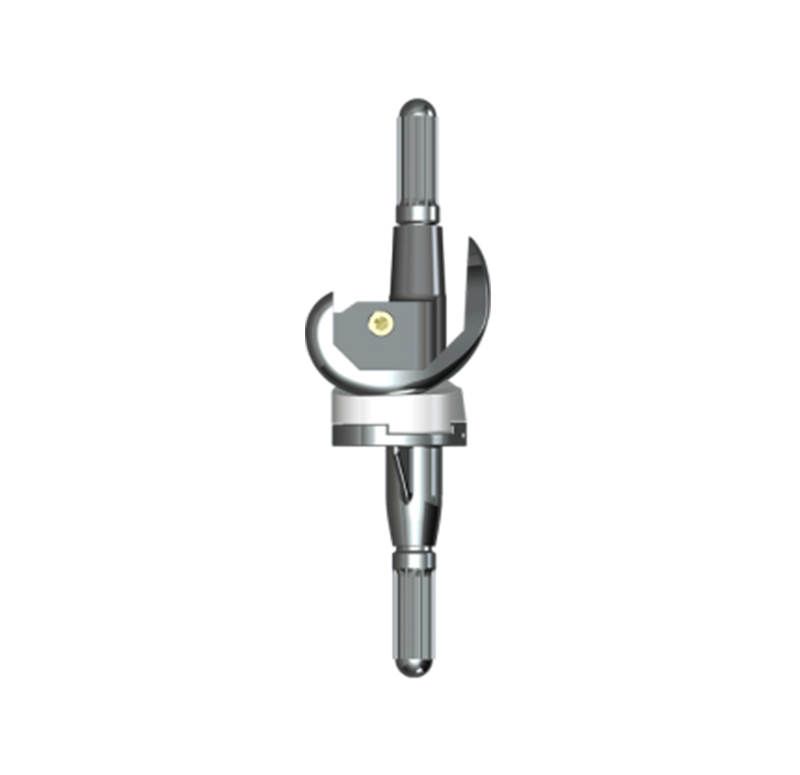Application of Digital Medical Treatment in Total Knee Replacement
 Jul. 02, 2020
Jul. 02, 2020
Total knee arthroplasty (TKA) can significantly relieve patients' pain symptoms, improve joint functional status, and improve the quality of life of patients after surgery. It is currently a common operation for the treatment of various severe knee arthritis and has become a treatment for end-stage knee joints The main treatment for inflammation. In the total knee replacement surgery, the recovery of the lower limb force lines, the balance of the knee soft tissue, and the precise control of the rotation and adaptation of the artificial joint prosthesis are important factors that affect the success of the operation. Although most TKA operations can be completed through standardized surgical procedures, the treatment of special complex deformed joints is still a problem that troubles joint surgeons.
In recent years, with the application and continuous development of digital technology in the medical field, digital orthopedics technologies such as 3D printing and computer navigation systems have been gradually applied to joint replacement surgery. For patients with special complex deformities that are difficult to achieve satisfactory results with traditional surgical methods, the development of 3D printing technology and various personalized custom prostheses can alleviate or even break this dilemma, greatly reducing the difficulty of surgery and obtaining good treatment results. At present, there are increasing reports on the application of 3D printing technology to assist joint replacement, especially in the joint replacement of complex deformities. For the more difficult to deal with bone defect problems often encountered in knee revision surgery, the construction of new porous metal pads to deal with is also an example of the application of 3D printing technology.

Computer-aided orthopaedic navigation technology (CAOS) is an application example of digital medicine in orthopedics. It combines image processing, stereo positioning, precision machinery and surgery to provide orthopedic surgeons with more sufficient digital information so that doctors can A detailed assessment and surgical plan are made before surgery, which improves the accuracy and safety of surgical operations. For knee arthroplasty, CAOS technology has the following advantages: (1) It can improve the accuracy of artificial joint prosthesis installation and positioning. (2) The kinematics of artificial joints can be dynamically observed during surgery. (3) Without intramedullary positioning, it can achieve minimally invasive surgery, reduce the amount of blood loss during and after surgery, and reduce surgical complications. (4) In the future, telemedicine can be realized by combining with 5G technology to make full use of medical resources.
Carrying out total knee replacement under the guidance of computer navigation, although prolonging the operation time than single total knee replacement, is more conducive to reducing the perioperative blood loss of the patient, the patient's allogeneic blood transfusion rate is reduced, and the joint function recovery is ideal, and fewer complications and safe and reliable.
The above information is provided by a joint replacement techniques manufacturer.













